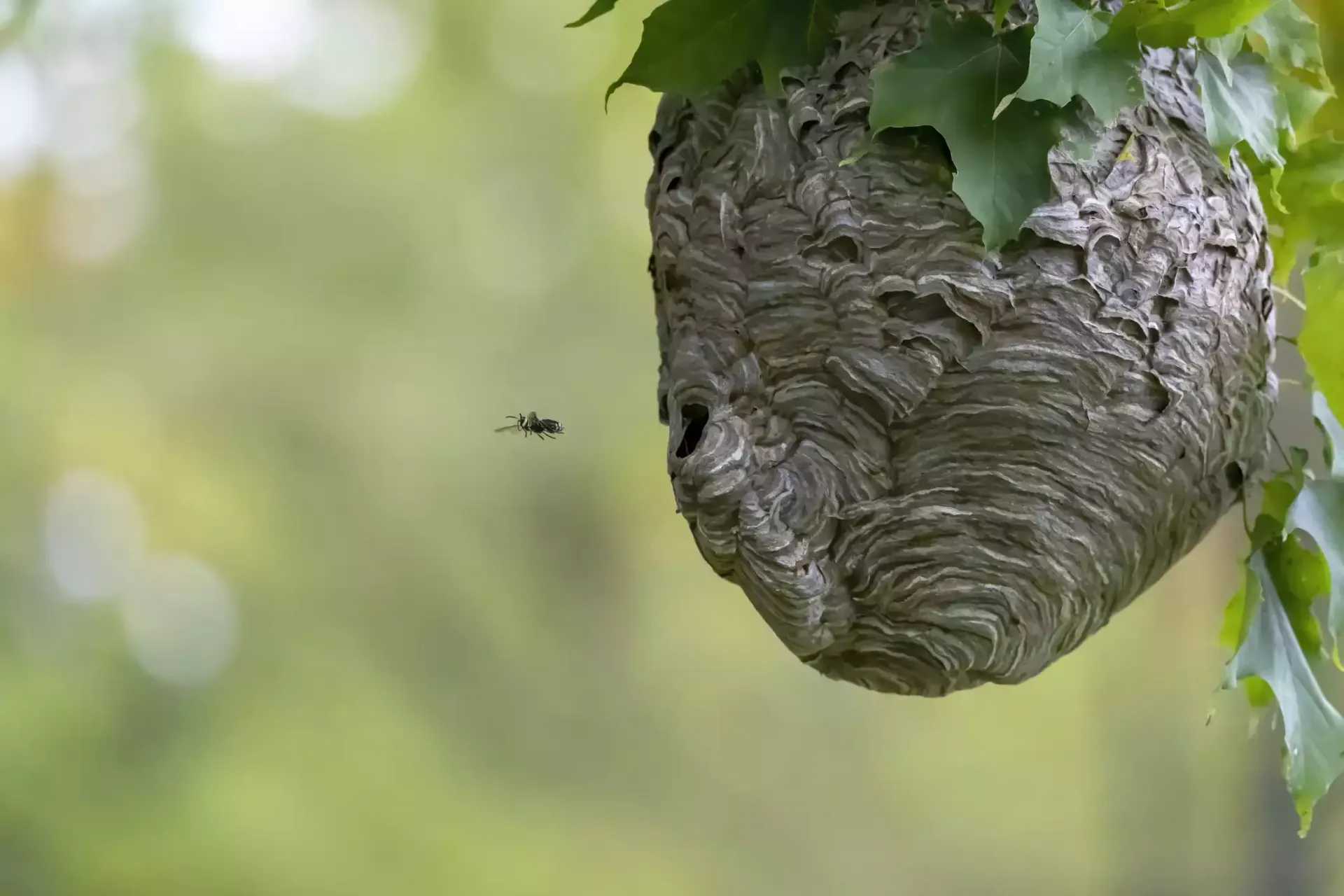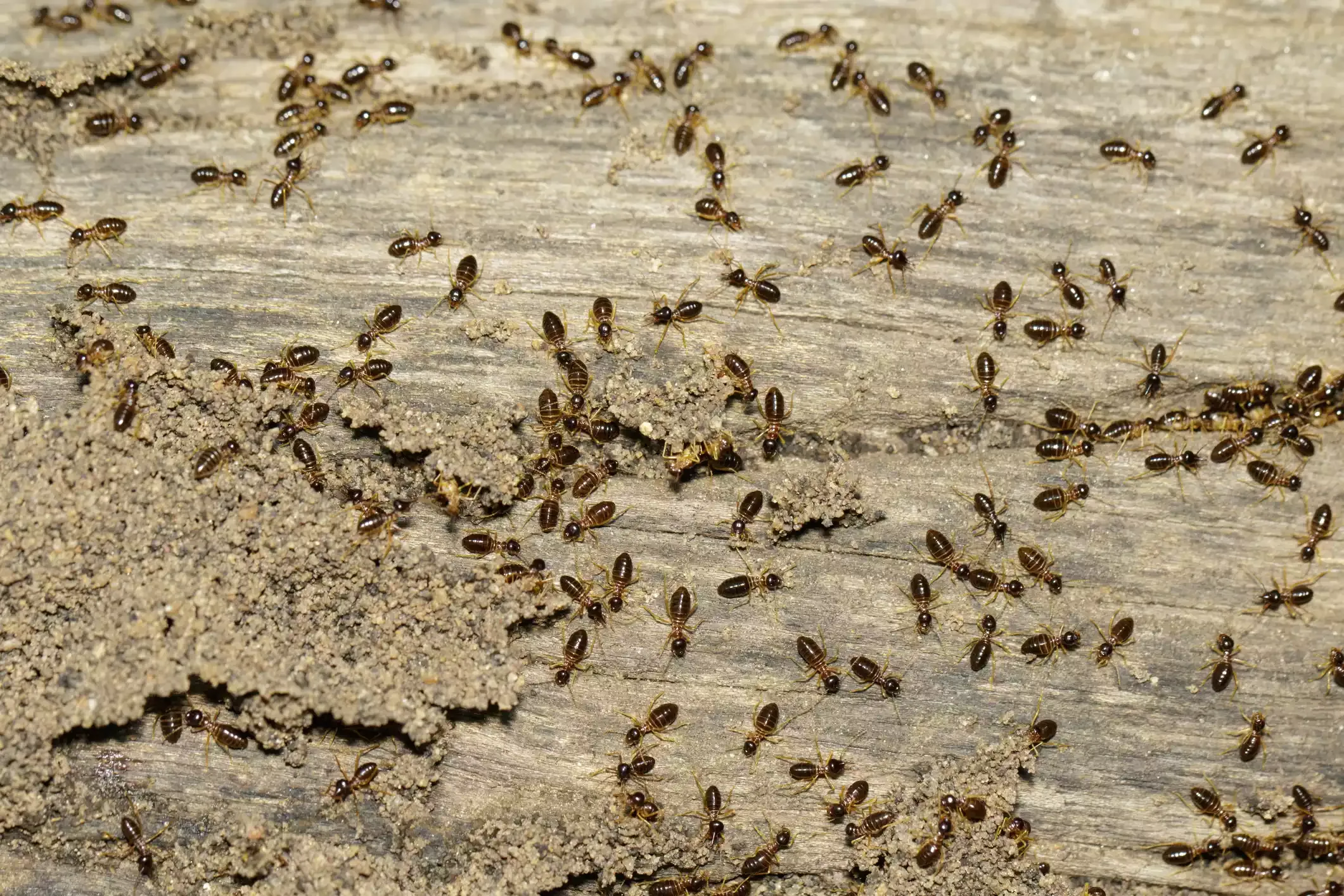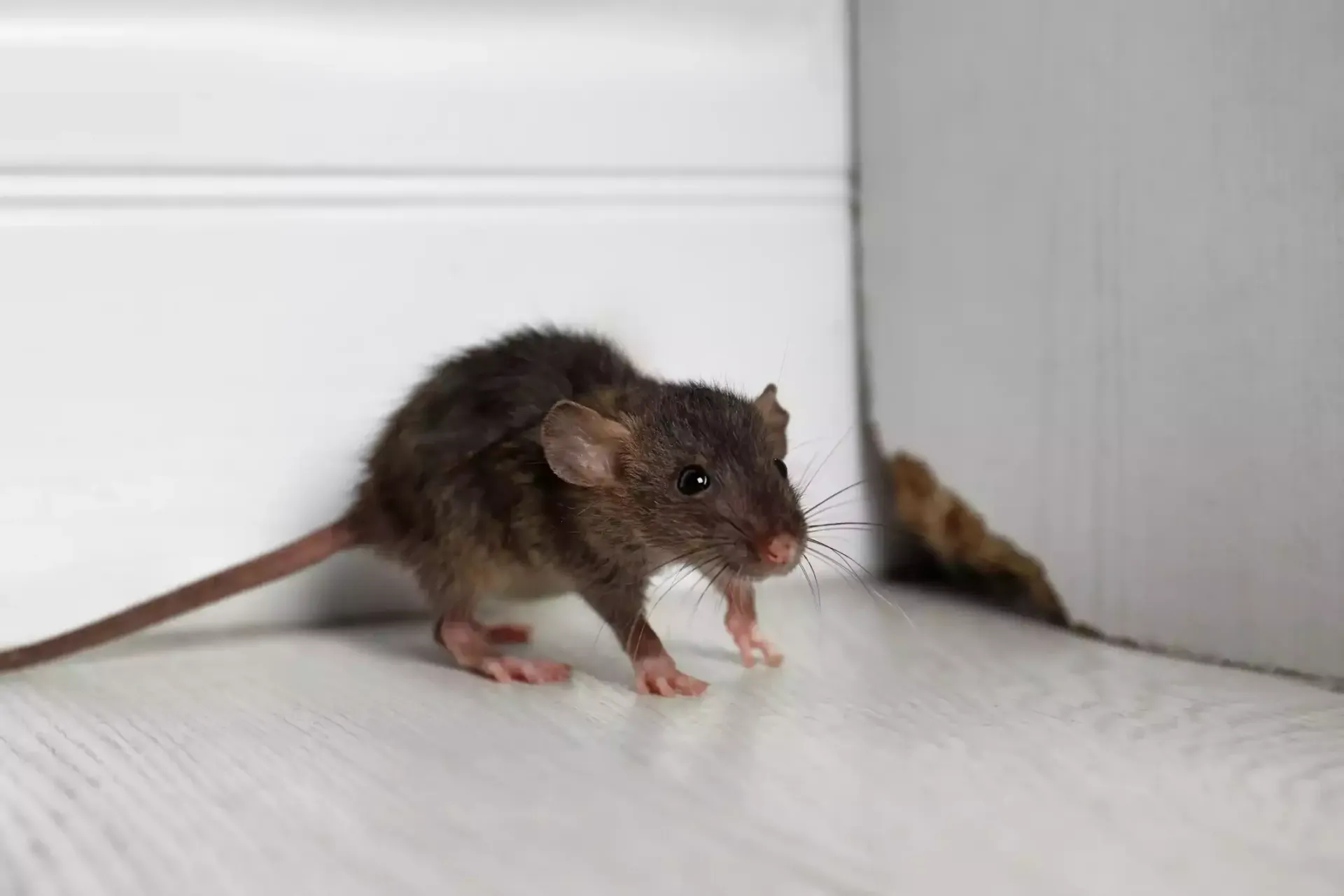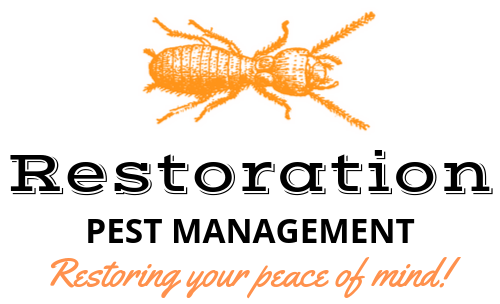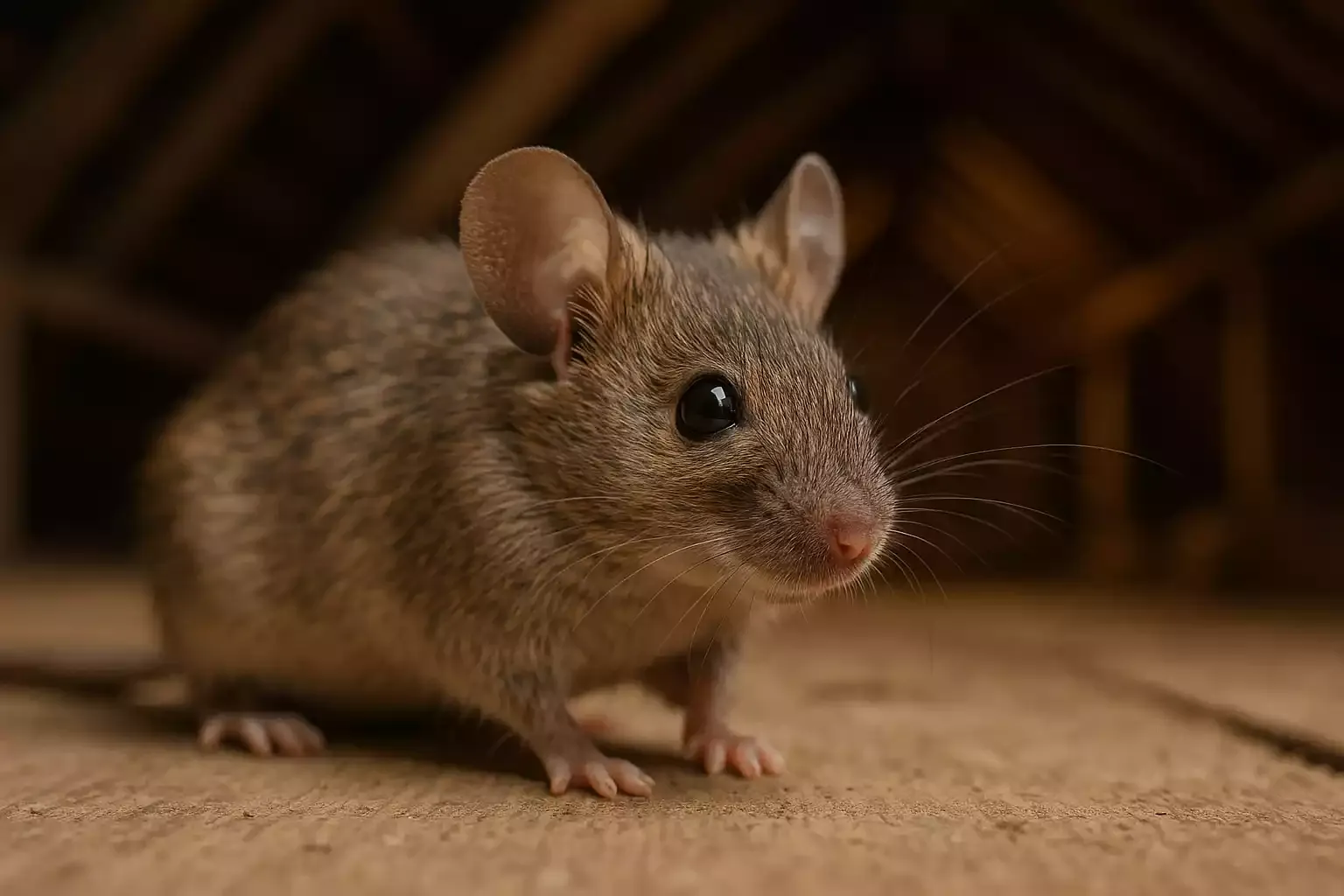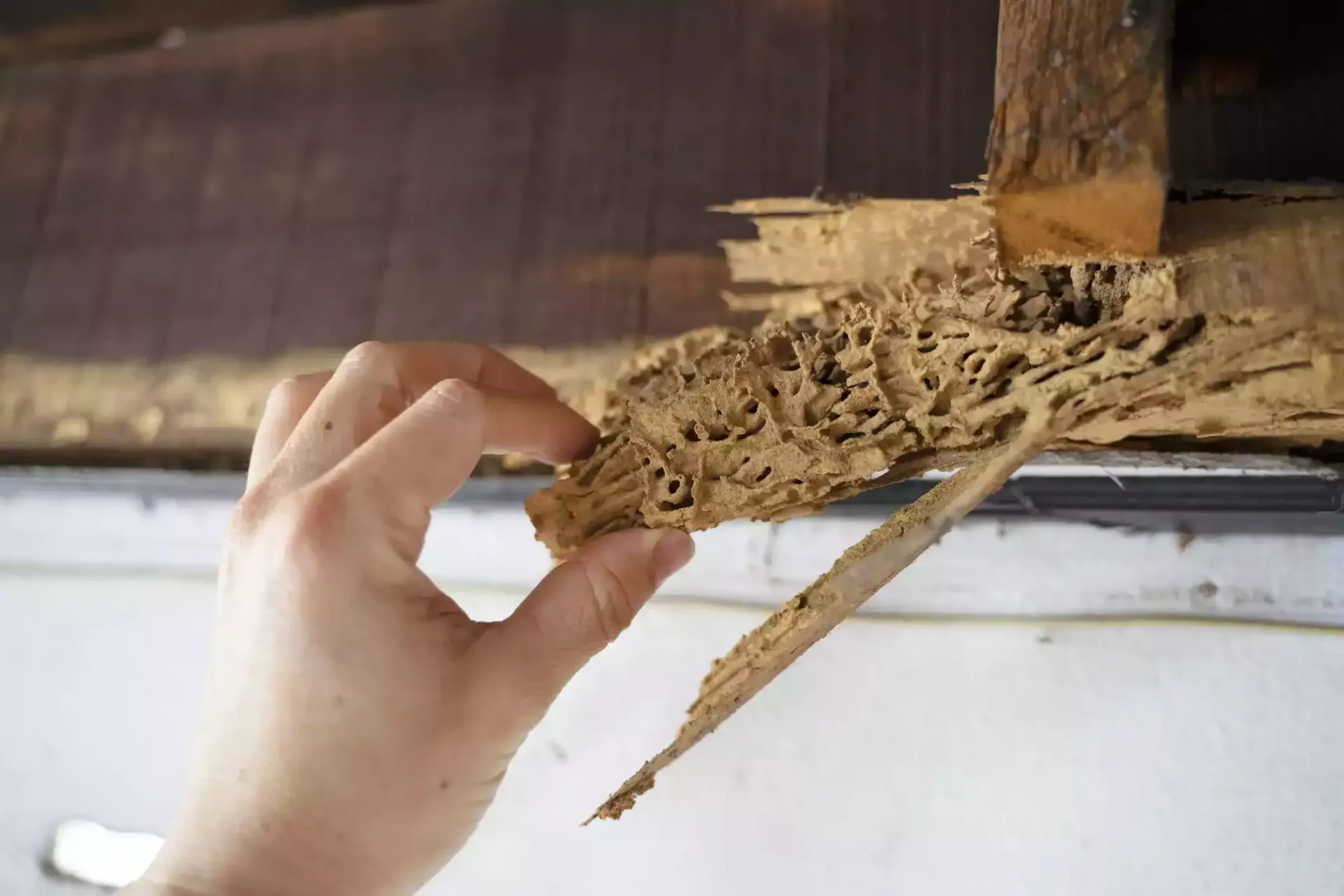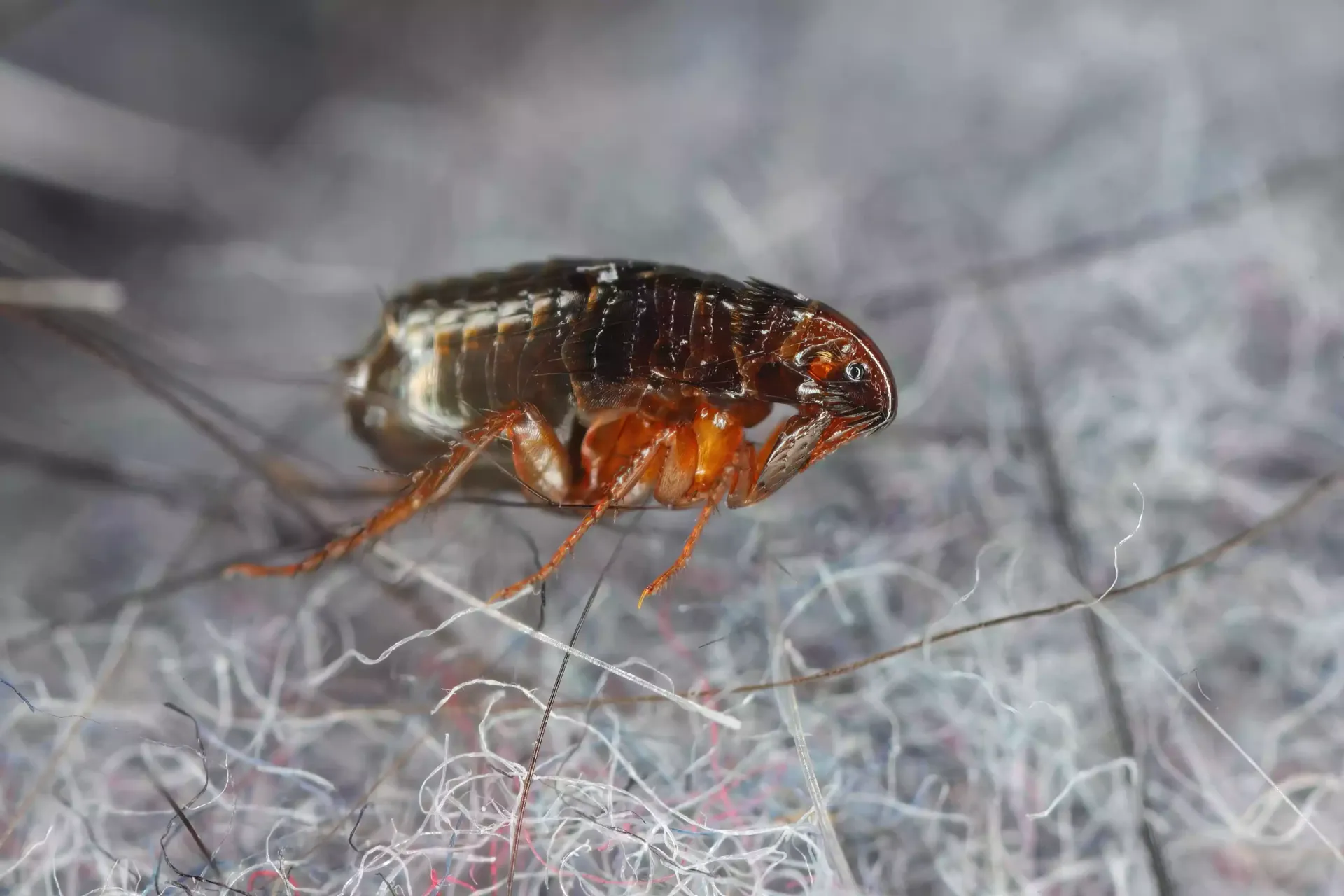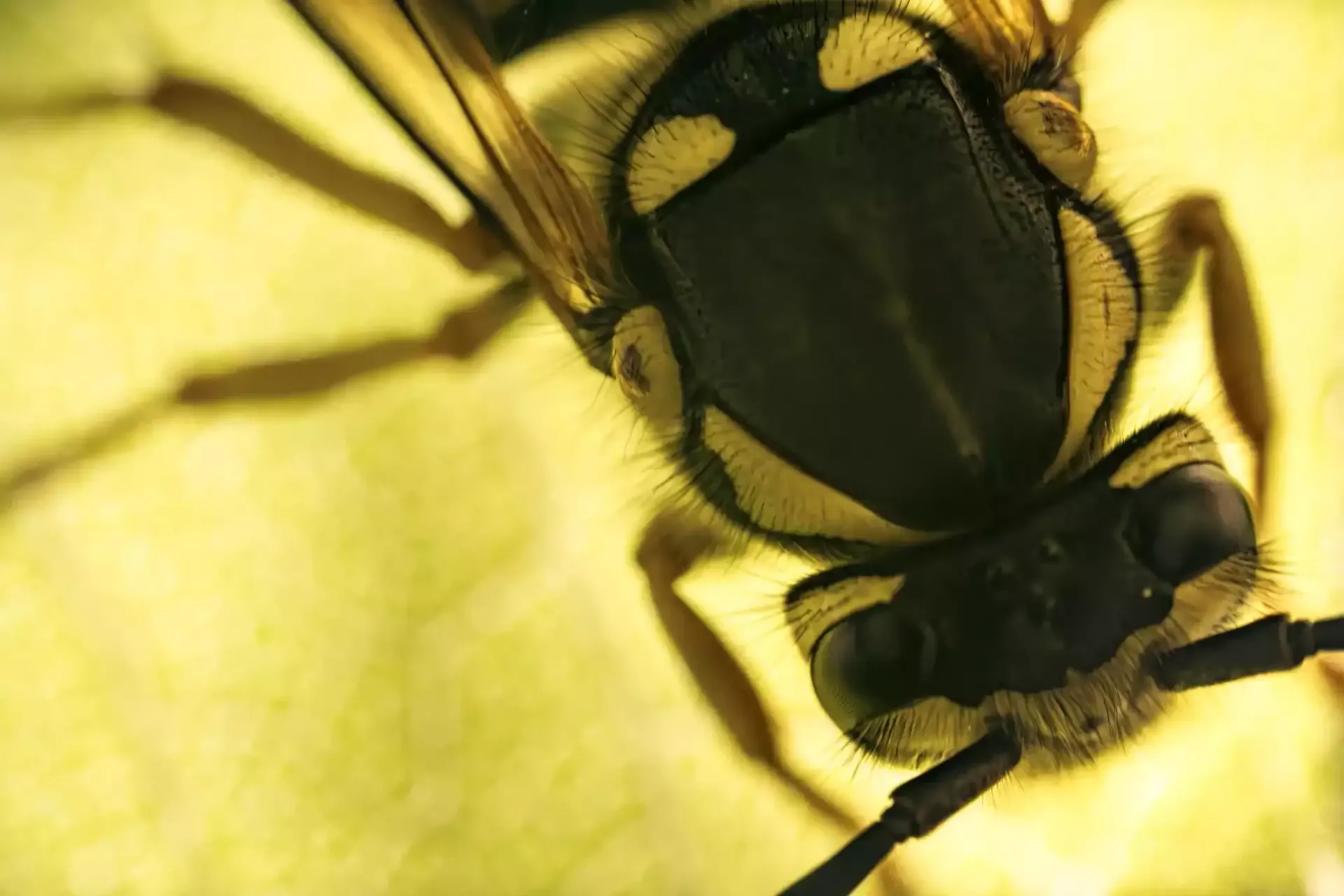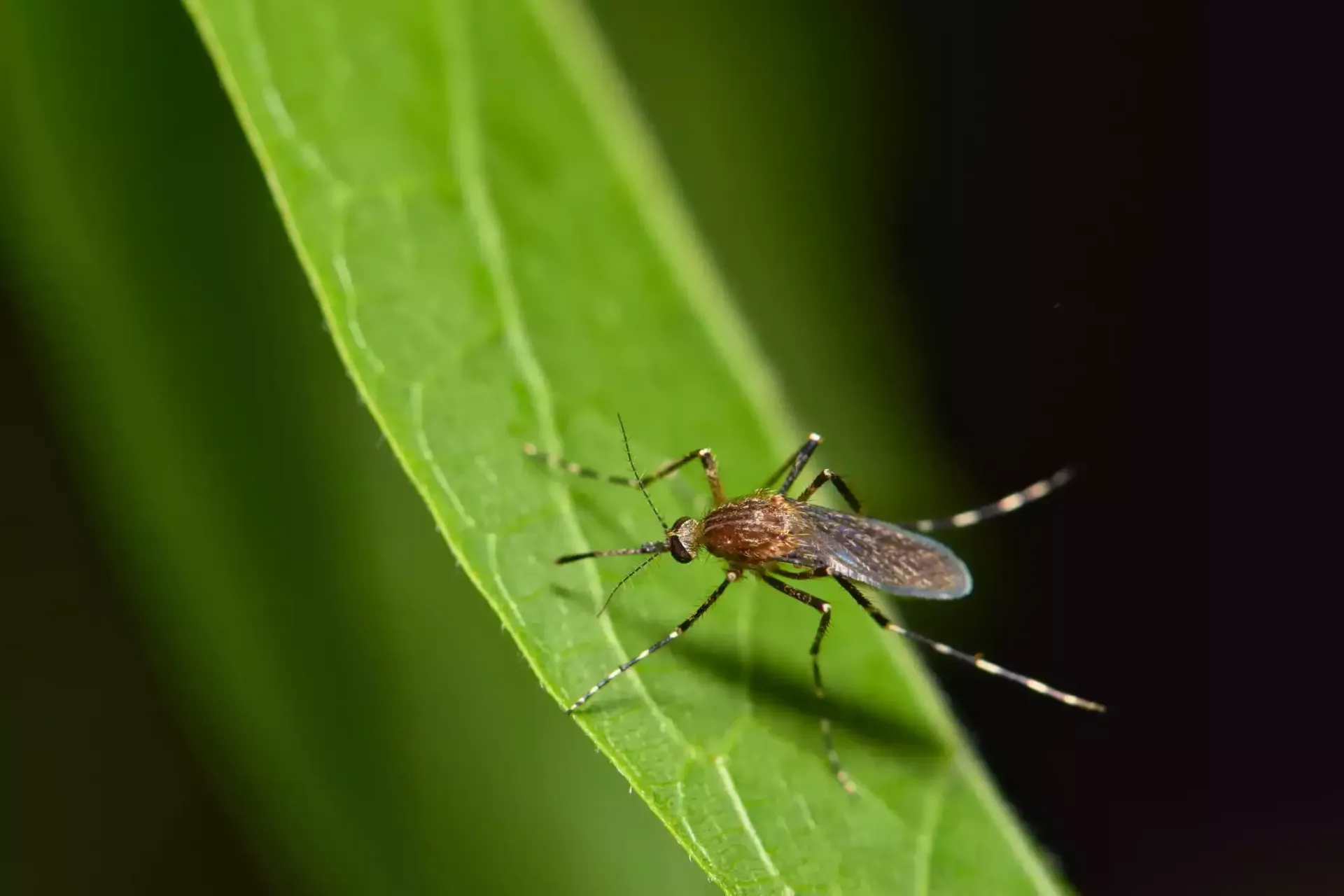Why Are There Holes In My Wood Siding? Carpenter Bees Could Be to Blame
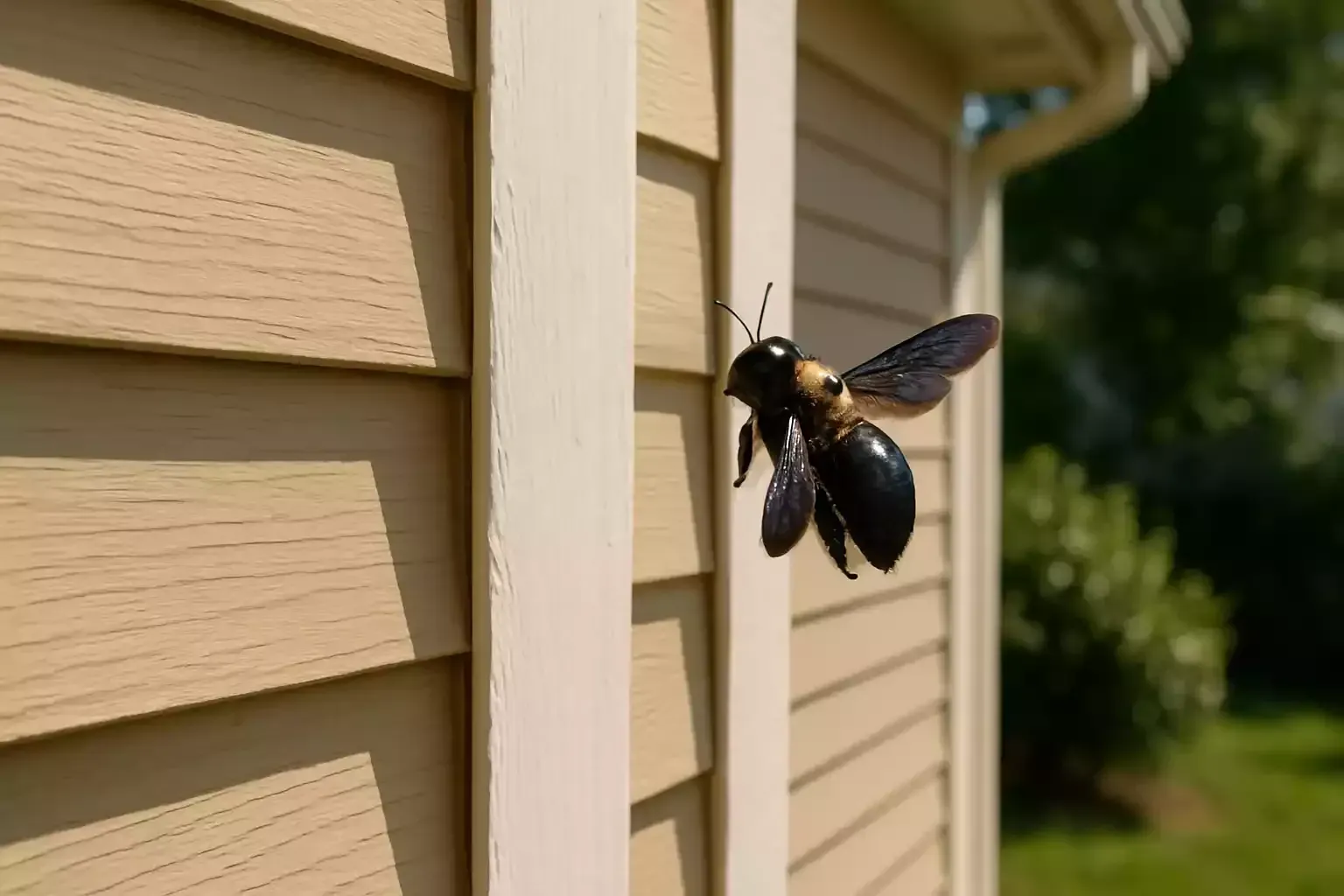
If you’ve started noticing small, round holes mysteriously appearing in your wood siding, carpenter bees could be to blame. These large, solitary insects may look similar to bumblebees, but their behavior and nesting habits can lead to serious problems for homeowners—especially in the spring and summer months. Unlike termites, carpenter bees don’t consume wood, but they do tunnel into it with precision and purpose, creating nests for their young. Over time, these tunnels can weaken wooden structures and leave your home vulnerable to more extensive damage. Here are tips for identifying carpenter bee infestation from Restoration Pest Management, your destination for carpenter bee removal in Columbus.
What Do Carpenter Bee Holes Look Like?
Carpenter bee entry holes are typically about the size of a dime—around ½ inch in diameter—and impressively round. They’re often located in protected areas like under eaves, around trim, and along wood siding, decks, and fences. You may also notice a small pile of a sawdust-like substance (called frass) underneath the hole, along with faint buzzing sounds coming from inside the wood. These signs strongly suggest carpenter bee activity.
In many cases, the hole is just the beginning. After drilling a short, straight entry tunnel, the bee will make a right-angle turn to create a longer gallery running parallel to the wood grain. This tunnel becomes a nursery for laying eggs and can stretch for several inches—or even more if reused year after year.
Why Do Carpenter Bees Choose Wood Siding?
Carpenter bees are attracted to softwoods like pine, cedar, redwood, and cypress—especially when the wood is untreated, unpainted, or weather-worn. If your siding is older or has never been properly sealed or painted, it becomes a prime target for these buzzing invaders. They seek out dry, bare wood that offers easy access for boring tunnels and provides a secure environment for their young.
Once carpenter bees establish a nest in your siding, they tend to return to the same area year after year—often expanding their tunnel networks or creating new ones nearby. This repeated activity significantly increases the risk of structural damage, staining, and other long-term issues.
Are Carpenter Bees Dangerous?
Carpenter bees aren’t aggressive like some stinging insects. Males can’t sting at all, and females typically only sting if they’re directly threatened. However, the true danger lies in the damage they cause to wooden structures. Over time, repeated tunneling weakens the boards and trim on your home, leading to:
- Soft or splintering wood
- Visible damage and unsightly holes
- Fungal growth or moisture buildup from compromised siding
- Increased risk of woodpecker activity, as they feed on the larvae inside the tunnels
Woodpeckers can cause even more extensive damage than the bees themselves, pecking into siding in an attempt to reach the developing bee larvae inside.
How to Tell If Carpenter Bees Are the Problem
If you're trying to determine whether carpenter bees are causing the damage, keep an eye out for:
- Smooth, round holes on siding, trim, or eaves
- Small piles of sawdust or wood shavings beneath the holes
- Yellowish or brownish staining near entry points
- A few large bees hovering around or flying in and out of holes
- Audible buzzing from within wooden structures
Carpenter bee infestations can sometimes go unnoticed until the damage becomes more severe. That’s why early detection is so important. If you suspect carpenter bees may be responsible for the holes in your siding, don't wait to get answers. Contact Restoration Pest Management for a professional inspection. Our experienced team can identify the source of the problem, assess the extent of any damage, and recommend the best course of action to protect your home.
How to Stop Carpenter Bees
While DIY efforts may seem appealing, the most effective and lasting way to deal with carpenter bees is through professional intervention. At Restoration Pest Management, we specialize in safely eliminating carpenter bee infestations and protecting your home from future issues. Our team uses targeted, environmentally conscious treatments that address the root of the problem—removing bees, sealing entry points, and advising on preventive strategies to keep them from coming back.
Don't risk further damage to your home by ignoring the signs or attempting temporary fixes. Carpenter bees are persistent, and without proper removal and exclusion techniques, they often return year after year. It is important to keep up with consistent treatment throughout the season and year over year to break the bees’ lifecycles. Likewise, applying a good repellency chemical early in the season is the best way to deter activity.
Don't Let Small Holes Turn Into Big Problems
What may look like a few tiny holes today could turn into extensive (and expensive) damage. Carpenter bees are persistent and often return season after season, gradually enlarging their tunnel systems and reducing the strength of your siding or other wood features. If you suspect an infestation, it’s best to act quickly.
The team at Restoration Pest Management is here to help. We offer thorough inspections, effective removal, and long-term solutions to protect your home from carpenter bees and other wood-destroying pests.
If you’re noticing holes in your siding or wood trim, don’t wait. Contact Restoration Pest Management today to schedule an inspection and take the first step toward reclaiming your home from unwanted pests.
